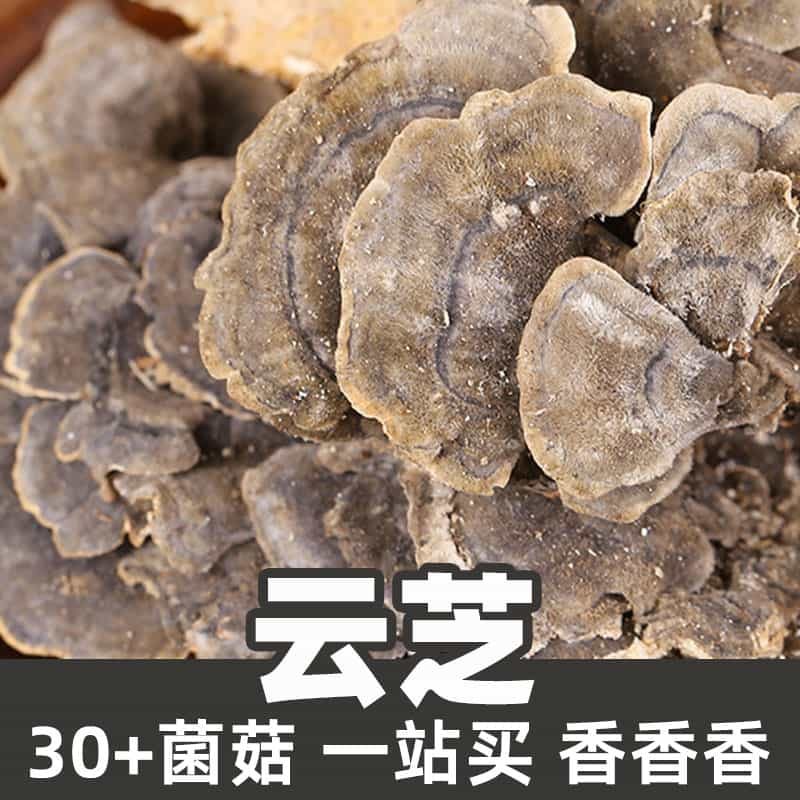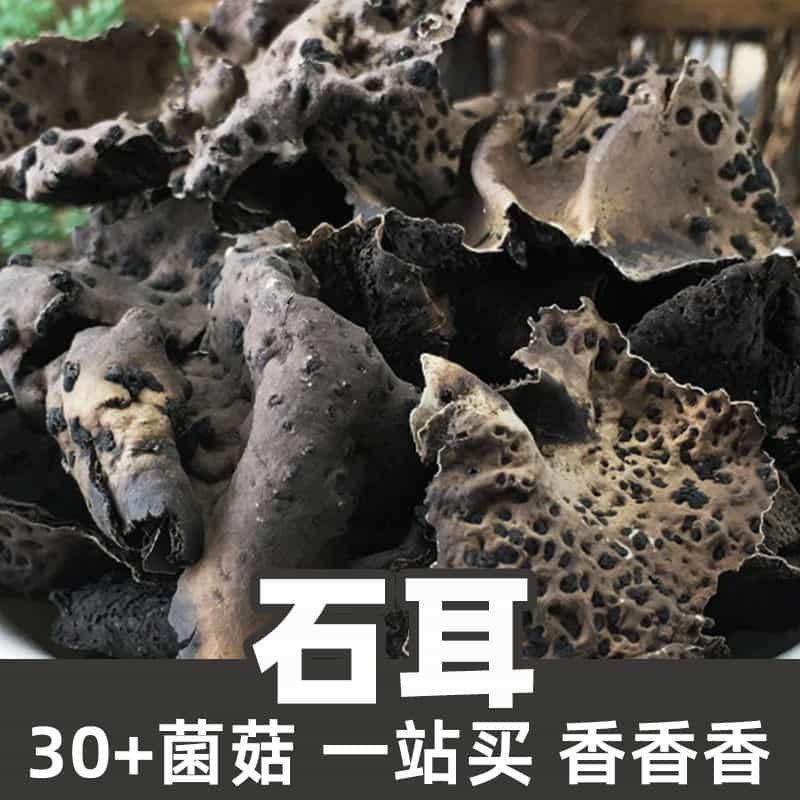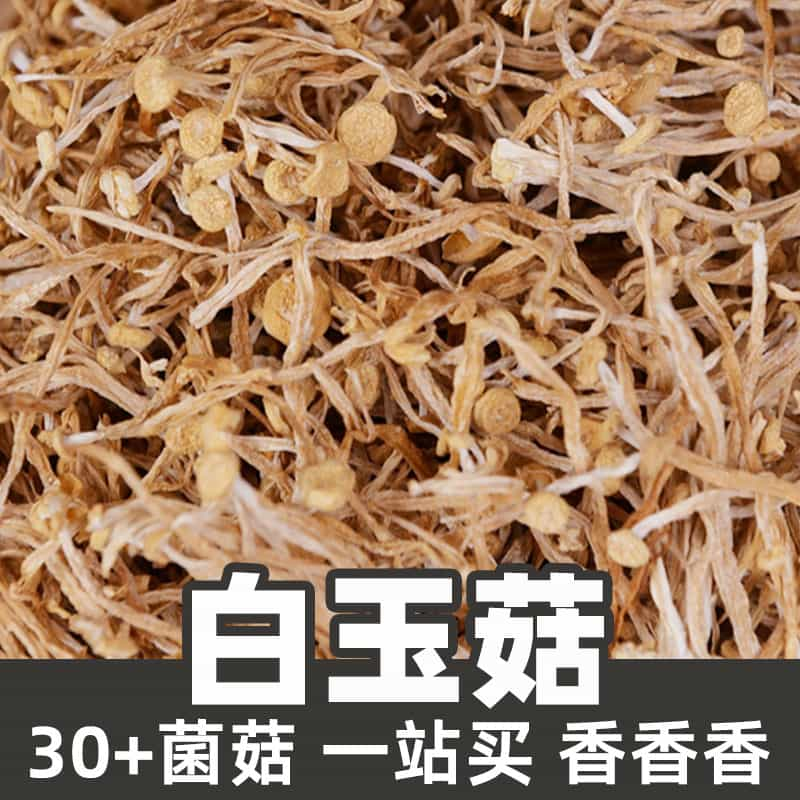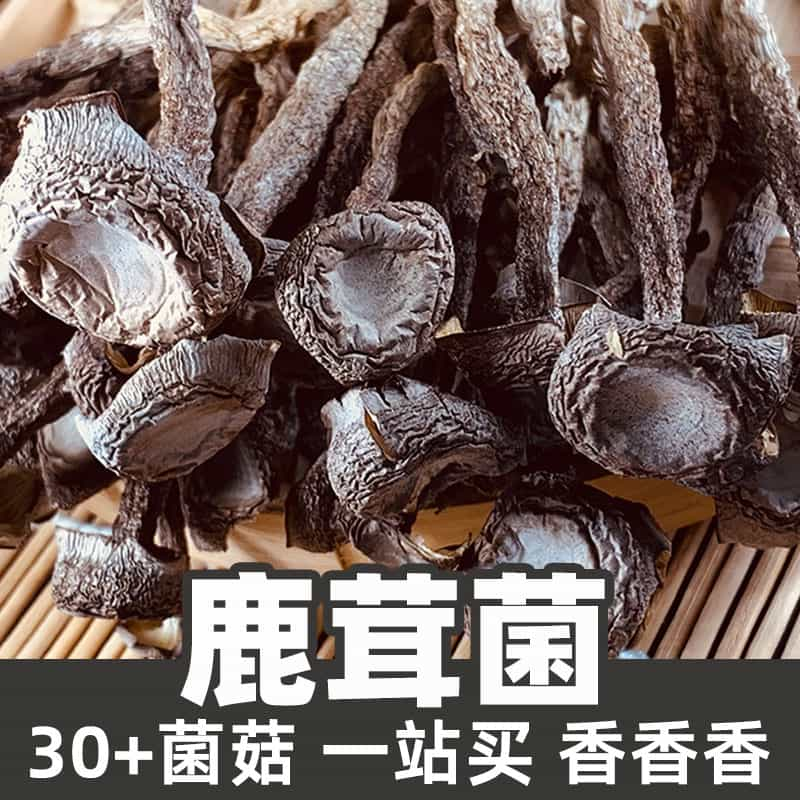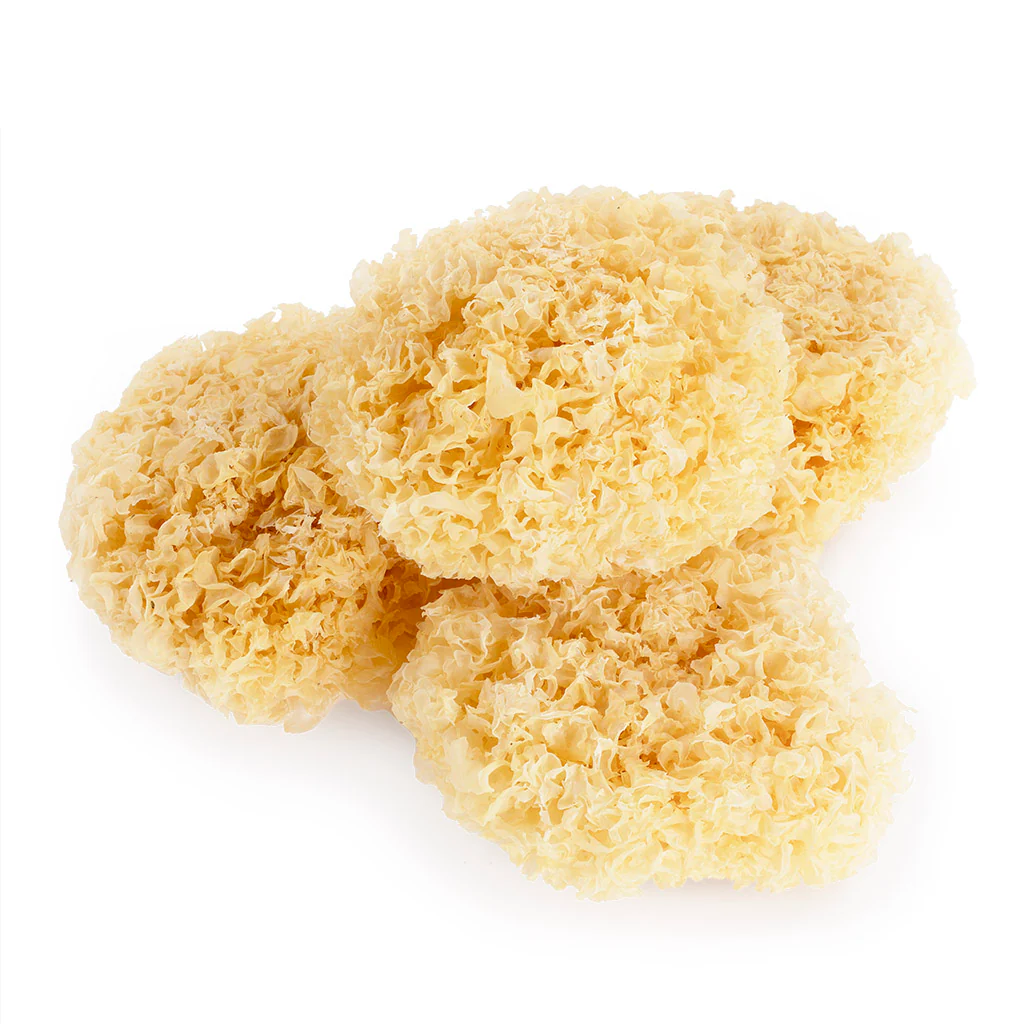Enoki mushrooms, known for their delicate appearance and mild taste, are a popular culinary ingredient, particularly in East Asian dishes. With a distinct long stem and small cap, they are often used fresh in salads, soups, and stir-fries, lending a subtle crunch and a pleasing texture. Native to the cooler climates of Asia, specifically Japan and China, enoki mushrooms have become increasingly popular worldwide, being offered in markets and Asian grocery stores.
These fungi thrive on decomposing wood, contributing to microbial diversity in forest ecosystems, and are recognized for their nutritional and potential health benefits. Apart from their culinary uses, enoki mushrooms have been studied for their bioactive compounds, which offer a range of health benefits. Their unique properties make them a valuable addition to contemporary diets and alternative medicine.
The enoki mushroom's unique characteristics extend beyond its appearance and flavor, encompassing a rich array of nutrients and diverse applications, making it a fascinating subject in the realm of mycology and gastronomy.
Enoki mushrooms contain several key active ingredients that contribute to their health benefits and culinary appeal. One of the primary components is polysaccharides, including beta-glucans, which are known for their immune-boosting properties. These compounds enhance the body's defense against pathogens and may help reduce inflammation.
Ergothioneine, an antioxidant found in enoki mushrooms, protects cells from oxidative stress and may contribute to overall health. The presence of B vitamins, such as riboflavin (B2) and niacin (B3), supports metabolic processes and energy production in the body. Additionally, the minerals potassium and copper found in enoki mushrooms play essential roles in cardiovascular health and the maintenance of various biochemical pathways.
Moreover, enoki mushrooms are low in calories and high in fiber, making them an excellent choice for those looking to maintain a balanced diet. Their unique chemical composition not only supports health but also enhances the flavor profile of various dishes. As a result, enoki mushrooms have gained recognition not only as a culinary ingredient but also as a functional food contributing to wellness.
Enoki mushrooms have diverse applications in culinary settings and health-related contexts. In East Asian cuisines, they are commonly used in soups, such as miso or hot pot, where their texture and flavor complement other ingredients. They can be added to stir-fries, where their ability to absorb sauces enhances the overall taste of the dish. Enoki mushrooms are also popular in salads, providing a crunchy texture that can balance softer vegetables.
Beyond their culinary uses, enoki mushrooms are being explored for their health benefits. Research indicates that the polysaccharides in enoki mushrooms may promote immune function and exhibit anti-cancer properties. As a result, they are often included in dietary supplements geared toward enhancing health.
Furthermore, enoki mushrooms can be cultivated at home, allowing enthusiasts to enjoy fresh produce while exploring the fascinating world of mushroom growth. Their short cultivation cycle makes them accessible to mushroom gardeners seeking to experiment with different species.
The growth environment and geographic distribution of enoki mushrooms are crucial factors in their lifecycle. These fungi thrive in temperate regions, particularly on dead or decaying wood, usually in moist climates. Enoki mushrooms are typically found in forests of Asia, particularly in Japan, Korea, and China, where they grow on hardwood trees, including oak and elm.
During specific seasons, enoki mushrooms emerge in clusters, often after rain. The temperature plays a significant role in their growth, with cooler temperatures and adequate humidity promoting optimal development. Human cultivation methods have also expanded the geographic distribution of enoki mushrooms, making them available in various regions worldwide.
Modern cultivation techniques often involve growing enoki mushrooms on substrates made from sawdust or other organic materials, allowing for efficiency and control over the growth variables. This cultivation process has contributed to the increase in availability of enoki mushrooms in grocery stores, enhancing their popularity among culinary and health enthusiasts.
The harvesting, processing, and storage of enoki mushrooms require careful attention to preserve their unique properties and prolong their shelf life. Harvesting is typically done by cutting the mushrooms at the base of their stems when they reach an optimal size. This practice not only ensures the mushrooms are fresh but also promotes the growth of additional clusters.
Once harvested, enoki mushrooms should be cleaned gently to remove any dirt or debris. Unlike many other mushrooms, enoki do not require extensive cleaning due to their smooth texture. After cleaning, they can be packaged for storage or sale. It is recommended to store fresh enoki mushrooms in a paper bag in the refrigerator, where they can remain fresh for up to a week.
For long-term storage, enoki mushrooms can be dried. This process involves placing the mushrooms in a dehydrator or an oven on a low setting until they are fully desiccated. Dried enoki mushrooms can be stored in an airtight container away from moisture and light, maintaining their flavor and nutrition for several months.
In culinary applications, dried enoki must be rehydrated before use, allowing them to regain their original texture and flavor characteristics. By following these steps, enoki mushrooms can be enjoyed fresh or preserved, ensuring their availability for various dishes and health benefits year-round.
Monica Sun is a seasoned expert in the natural raw materials industry, with over a decade of experience specializing in traditional Chinese medicinal herbs, spices, and fungi. She is skilled in the sourcing, processing, and application of these materials, emphasizing sustainability and innovation. Monica Sun has contributed to the development of high-quality natural raw materials that serve as essential components in functional foods, pharmaceuticals, and cosmetics, delivering tailored solutions to meet diverse market needs.








